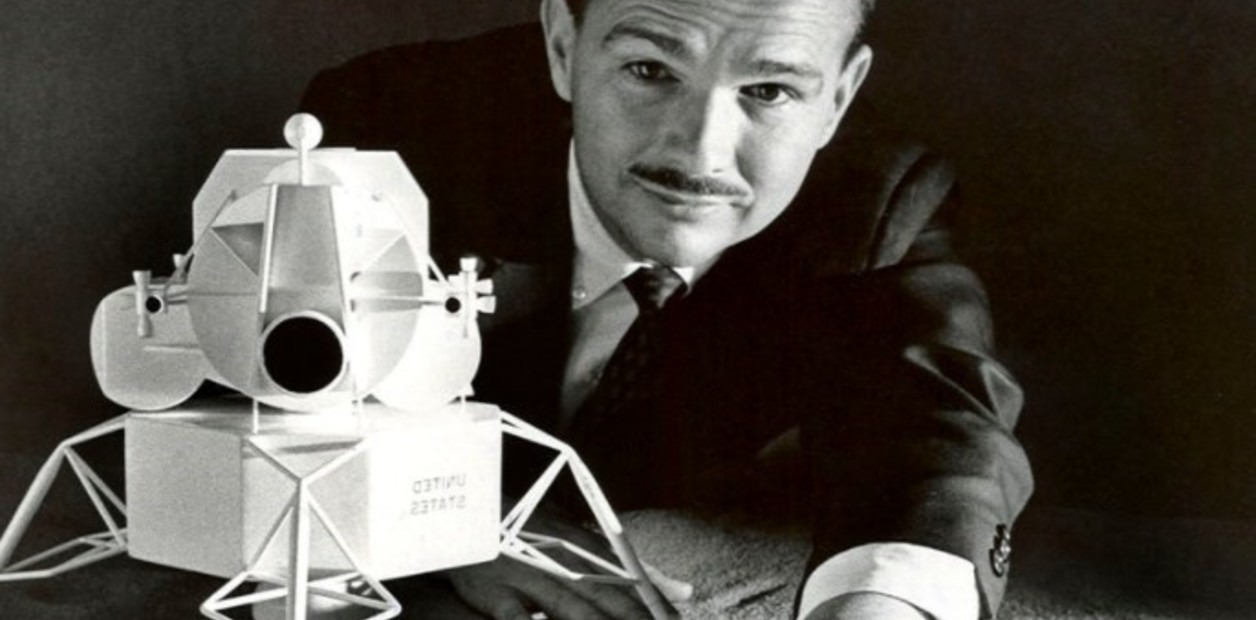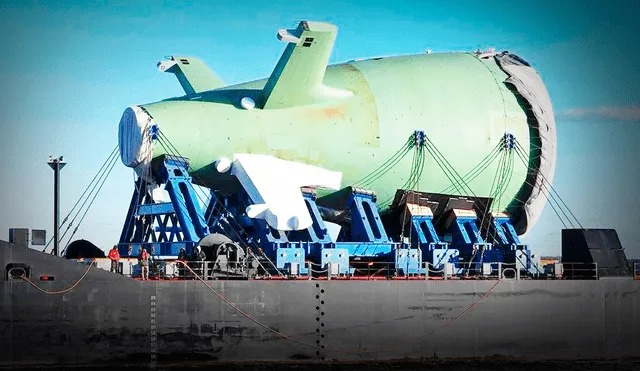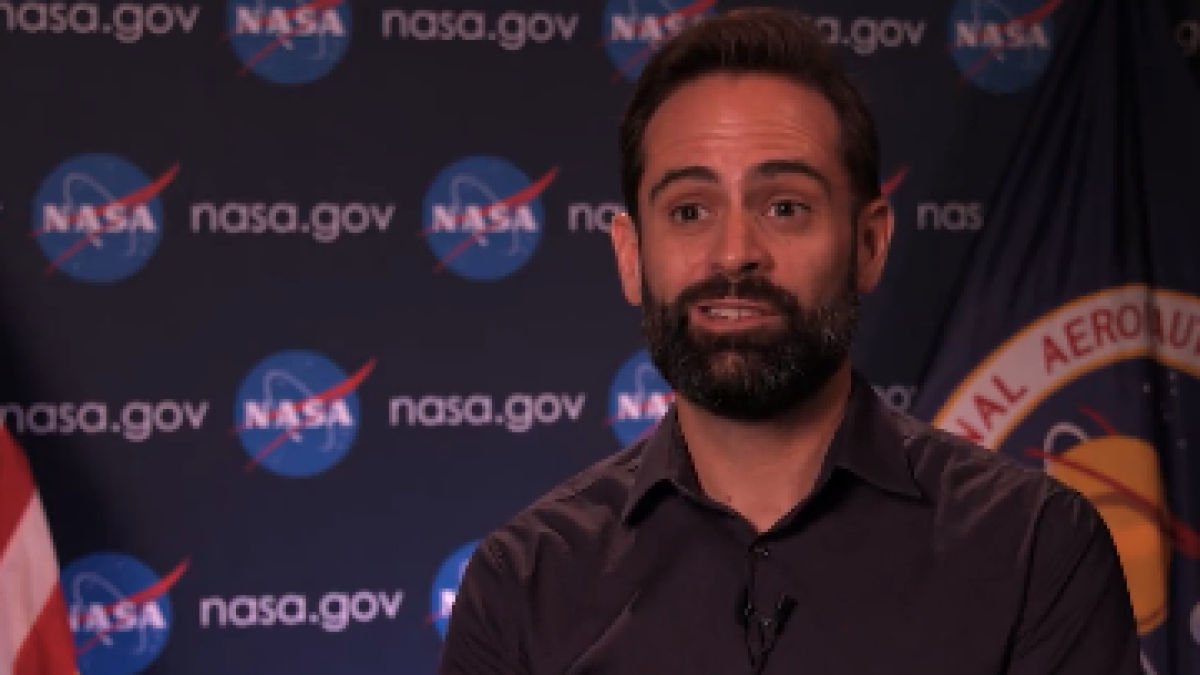Argentine Lucas Paganini, planetary scientist at NASA, is already in the Utah desert (USA) ready to receive on Sunday a capsule containing a precious cargo: a handful of rocks and dust from the asteroid Bennu that could provide unique information about the composition of the solar system. About 4.5 billion years ago.
A sample from the asteroid Bennu, which could weigh nearly 250 grams, could shed light on questions that have puzzled humanity for centuries: What is the origin of life? How was the solar system formed? What secrets do asteroids hide?
“Asteroids are very important because they are the remains of planets forming 4.5 billion years ago. They are like time capsules, the equivalent of dinosaur fossils that allow us to know what was happening millions of years ago,” Paganini tells EFE. “In this case, with our mission, we are traveling billions of years back in time.”
There are two hypotheses about the origin of life: one asserts that the first organic molecules arrived from space via meteorites, while the other says that these molecules necessary for life appeared on our planet.
Bennu’s samples will provide scientists with a unique opportunity to better understand the origin of these first molecules and the role asteroids may have played in their existence on Earth, in an advance that will better explain the origin of life on Earth.
But before NASA scientists can analyze these samples, the capsule containing them must reach Earth safely after a 7-year journey that began with its launch from Cape Canaveral Station (Florida).
It is expected to enter the Earth’s atmosphere at approximately 08:42 local time in Utah (14:42 GMT) after its mother ship, the Osiris-Rex spacecraft, launched it at a distance of approximately 102 thousand kilometers, equivalent to a third of the distance. The distance between the Earth and the Moon.
The capsule will enter the atmosphere at a speed of about 44,500 kilometers per hour, and will encounter temperatures of up to 2,000 degrees Celsius upon landing. In fact, if it happened at night it might look like a “ball of fire,” Paganini explained, but during the day it would barely be visible in the sky.
The capsule, which Paganini says looks like a “baby’s bed,” is equipped with a heat shield designed to protect Bennu’s rocks and dust from the heat.
After entering the atmosphere, a parachute will open, and after about 13 minutes of descent, the capsule will land at 08:55 local time (14:55 GMT) in the Utah desert, in an area designated for its arrival. 58 kilometers by 14 kilometers.
“As the capsule descends, rescue teams will approach the landing site by helicopter,” Paganini explains.
There they will retrieve the sealed capsule and take it to a chamber free of any particles that could contaminate Bennu’s rocks and soil. The next day, a plane will take her to Houston, where NASA’s Johnson Space Center is located.
Only then will NASA scientists begin analyzing the samples, in an attempt to uncover the secrets held in the remains of asteroid Bennu and thus advance understanding of the history of the solar system and the origin of life on Earth.

“Proud web fanatic. Subtly charming twitter geek. Reader. Internet trailblazer. Music buff.”



:quality(85)/cloudfront-us-east-1.images.arcpublishing.com/infobae/E3MFZXDKZJGKFAMKCA4KUTH3PE.jpg)



More Stories
The only human buried on the moon is an American
Five tricks to stop receiving spam emails
From this date, days on Earth will be 25 hours long